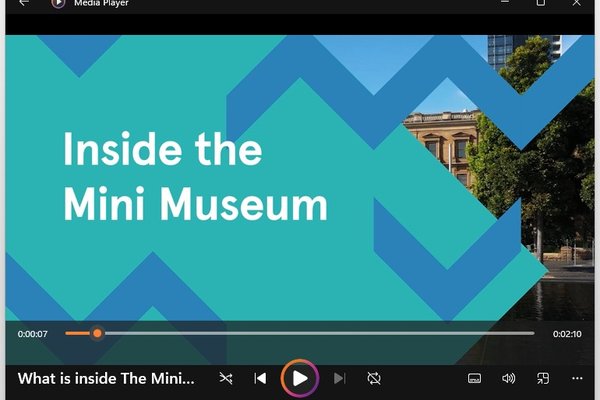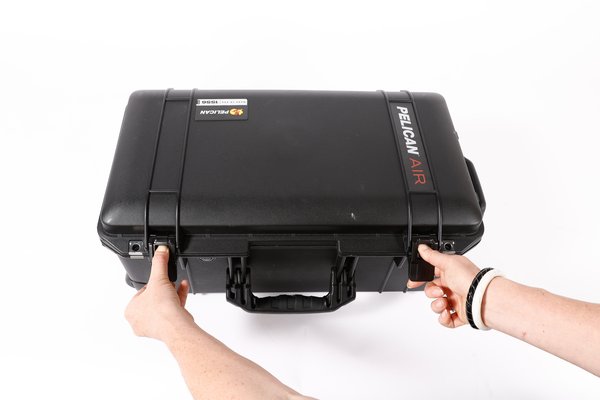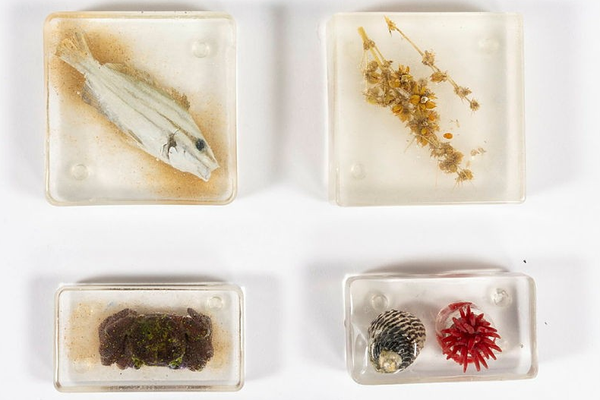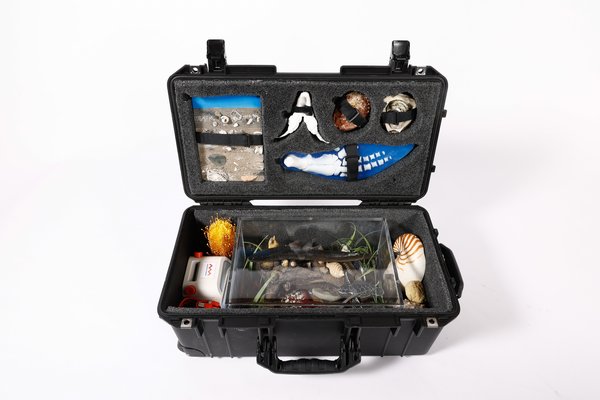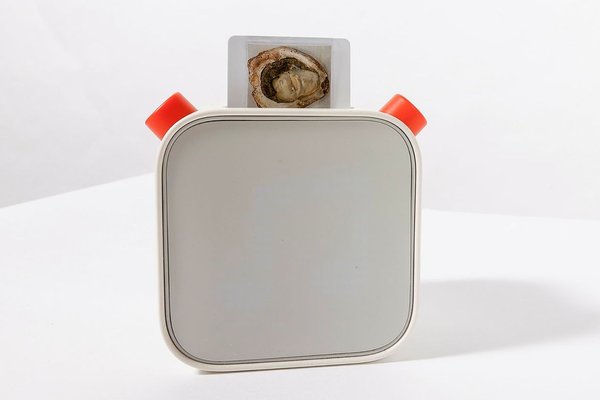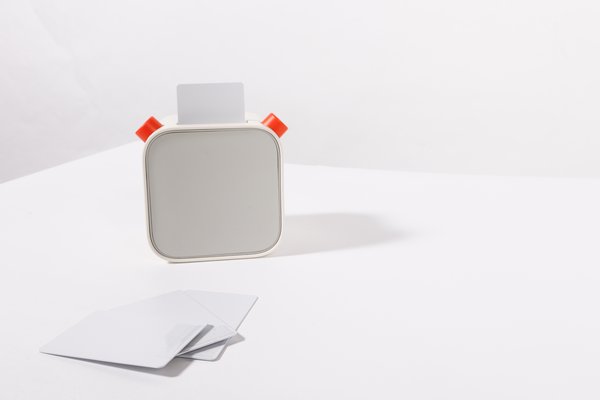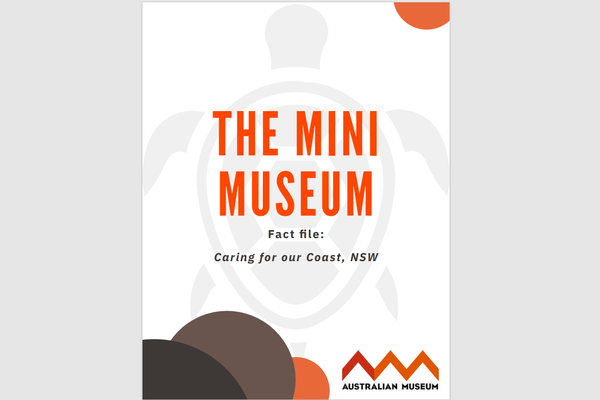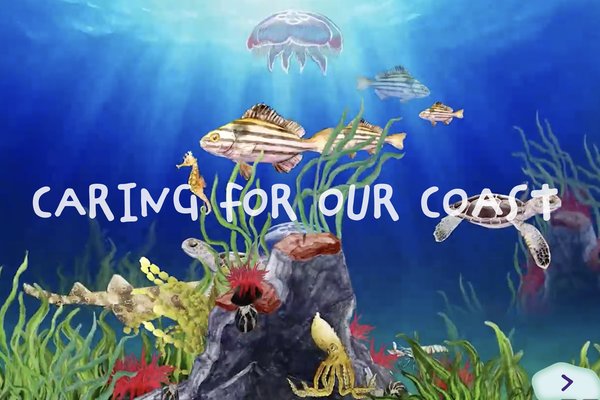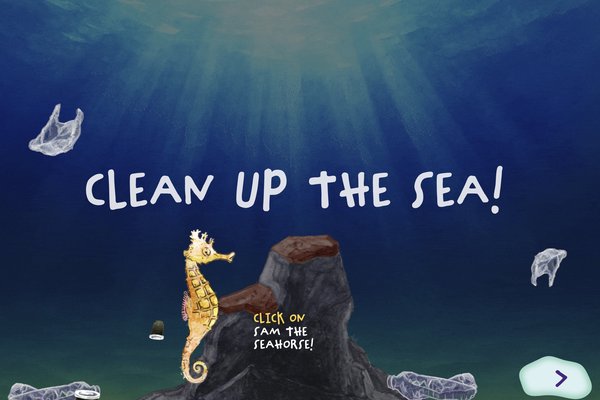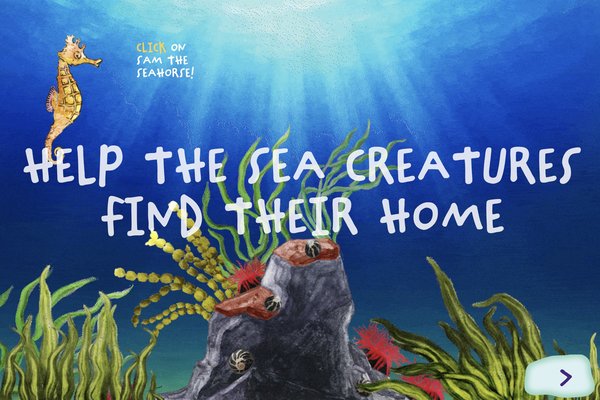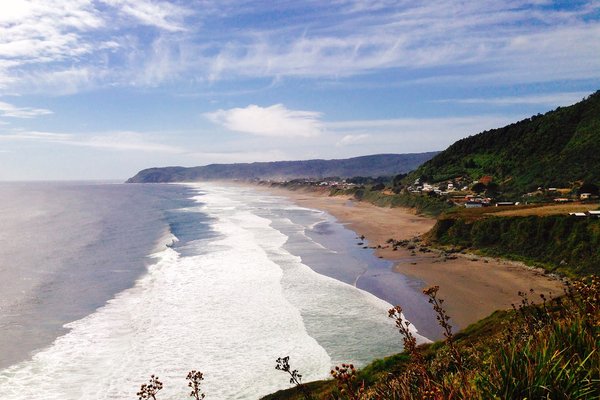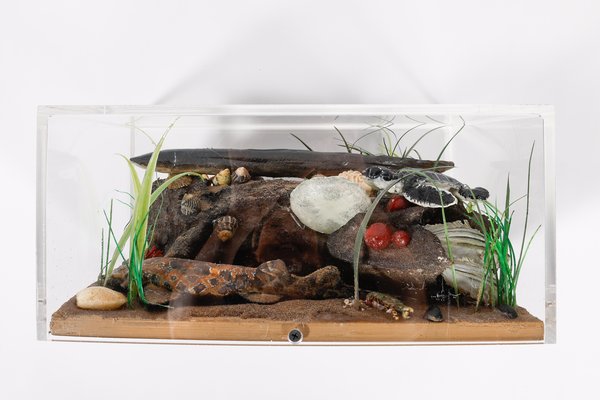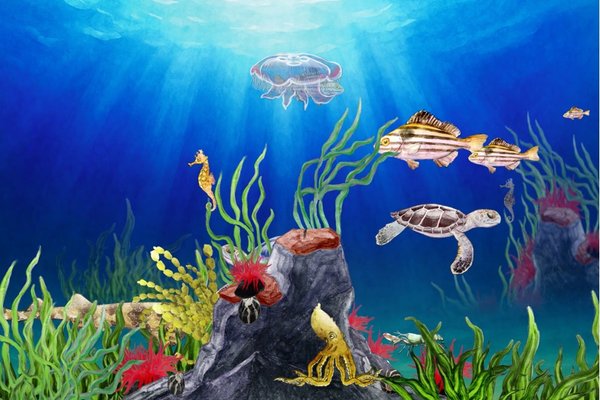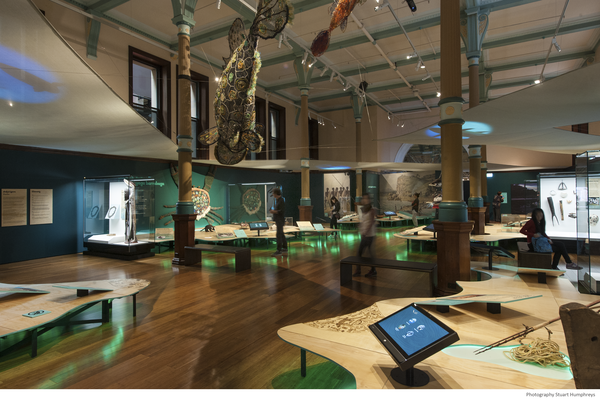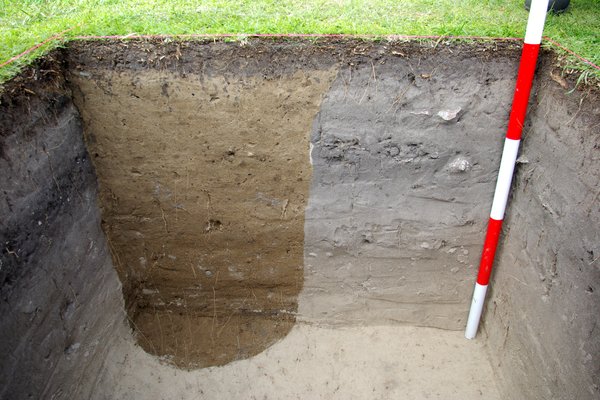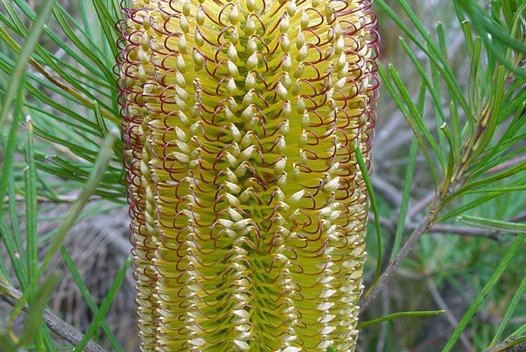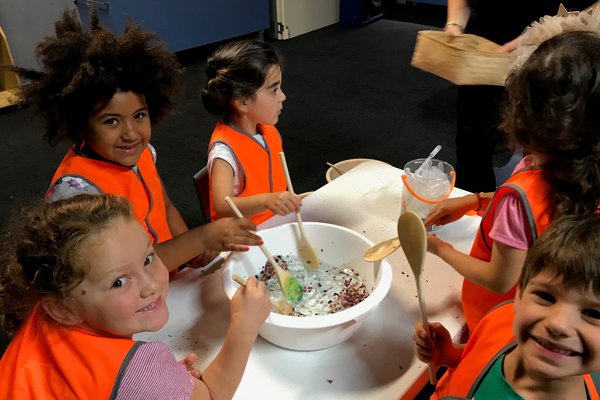The Mini Museum: Caring for our Coast
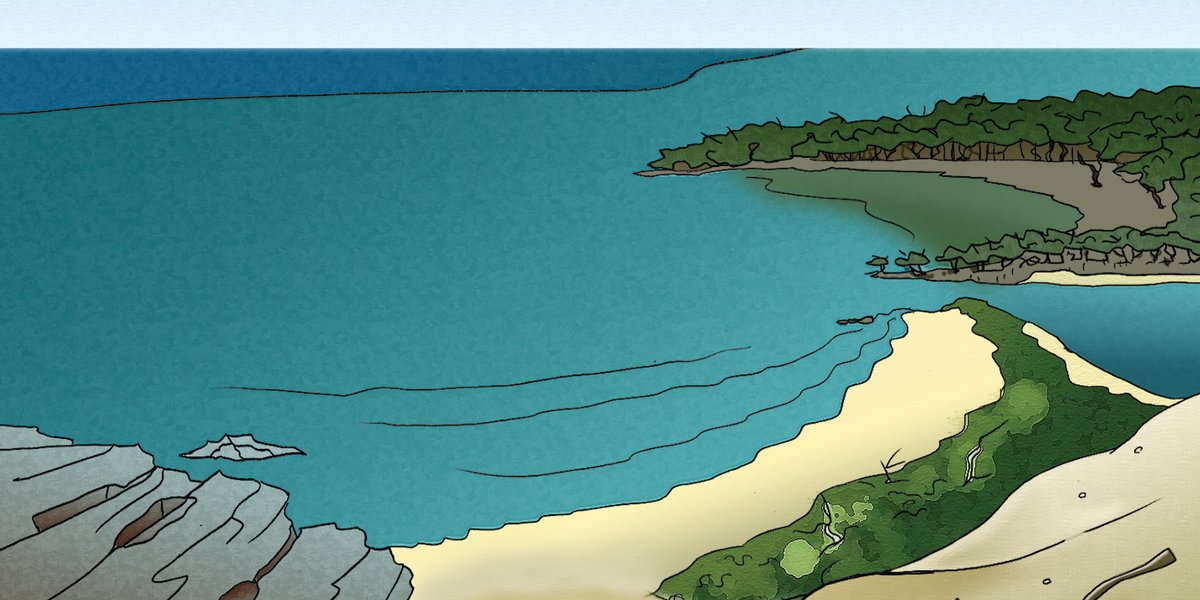
-
Audience
Children and families, Early years -
Learning stage
Early years -
Learning area
Creative Arts, English, First Nations, Science -
Type
Learning unit, Learning resources
On this page...
The Mini Museum is an innovative loans program that brings hands-on learning experiences directly to preschools in regional NSW. Through partnerships with local libraries and museums, young learners can explore Australia's incredible environments at their preschool or community hub.
Currently piloting in Newcastle (with Newcastle Museum) and Tamworth (with Tamworth Regional Gallery and Museums), the program combines tactile discovery kits with engaging digital resources, all developed with Australian Museum experts working alongside local communities.
Caring for our Coast
Our coasts are incredible places where the land meets the sea, from sandy beaches, rocky tide pools to winding estuaries and mangroves. For First Nations communities, these spaces are sacred Sea Country, encompassing everything from plants and animals, seasonal rhythms, to the Salt Water People who have cared for these places for thousands of years. You can explore the interconnectedness of sea creatures firsthand through our fun digital games designed for early learners.
The Australian Museum's Caring for our Coast learning program aims to foster deep engagement.
The sensory-based physical kit includes:
- Yoto Player audio box with coastal stories and facts
- Objects from NSW coastlines for hands-on exploration
- Exhibition-quality diorama showcasing a coastal ecosystem
The digital learning experiences feature:
- Fun, age-appropriate games about sea creatures
- A learning program with suggested links
- Stories that connect culture and environment
- Interactive sustainability activities
Our goal is simple: to inspire the next generation of environmentally and culturally aware citizens. By connecting preschoolers with the wonders of our coastlines, we're nurturing young people to understand their shared responsibility for the world around them—and the power they have to protect it.
Ready to bring a world of discovery to your preschool? Click on the tab below and submit an expression of interest to learn more about borrowing a Mini Museum kit.
We gratefully acknowledge the generous support of the Neilson Foundation, the late David Armstrong AM and Megan Armstrong, and Dr Zeny Edwards OAM, whose contribution has made the Mini Museum initiative possible.
One of the main objectives of the Mini Museum is to address equity issues by giving regional preschools access to the Australian Museum's collections and expertise. We have been working closely with regional partners and supporting each other on a program that can be loaned to local communities. Regional partners have been utilising the program within their own settings for storytime sessions in libraries, 0-5 family programs in galleries, and within Museum school holiday programs. This additional use supports the strengthening of local community.
If you are based in regional NSW and are interested in working with the Australian Museum on this project we would love to hear from you! Please email minimuseum@australian.museum
The Mini Museum is currently being piloted in Newcastle and Tamworth. If your preschool or daycare centre is in either of these regions and you would like to participate in the pilot, please contact: minimuseum@australian.museum
Click here for a checklist to support you between loan periods.
In late 2024, the Australian Museum engaged social enterprise For-Purpose Evaluations to develop an impact framework, study, and report for a new prototype preschool loans program designed to be accessible to regional communities.
The purpose of the report linked to below was to:
- Understand if and to what extent the program is achieving its intended outcomes.
- Identify what factors contributed to or detracted from achieving the intended outcomes.
- Identify areas for improvement and opportunities to increase the impact of the program.
The learnings out of the report are informing current and future iterations and improvement of the program, now called The Mini Museum.
You can read the report via the link below.
Learning intentions:
- Preschool students have an increased curiosity about the world around them.
- Preschool students have a greater awareness of First Nations peoples and cultures.
- Preschool students have a greater appreciation for the natural world and are more aware of their role in caring for it.
Early Years Learning Framework outcomes:
Learning Outcome 1: Children have a strong sense of Identity
- 1.1, 1.2, 1.3, 1.4
Learning Outcome 2: Children are connected with and contribute to their world
- 2.1, 2.2, 2.3, 2.4
Learning Outcome 3: Children have a strong sense of being
- 3.1, 3.2
Learning Outcome 4: Confident and involved learners
- 4.1, 4.2, 4.3, 4.4
Learning Outcome 5: Effective communicators
- 5.1, 5.2, 5.3, 5.4, 5.5
Click here to download the suggested learning program to maximise your students' learning
Click here to download the Risk Assessment for The Mini Museum- Caring for our Coast
-
Inside The Mini Museum learning kit
-
Introduction video
![Inside the Mini Museum video]()
Watch this video to find out what is inside The Mini Museum
-
Opening up the case
![Caring for Coast Kit, December 2024]()
To open the case ensure it is on a flat surface, ideally against a wall, and follow the instructions.
-
Objects inside the learning kit
![Embedments in the Caring for our Coast]()
Here you will find a list of items found inside the kit
-
Removing objects from the case
![Caring for Coast Kit, December 2024]()
The objects are packed into the case in a way that aims to keep them safe, particularly when moving between destinations. Please read the information below to find out the best way to open and remove objects from the case.
-
How to use the Yoto Player
![Yoto player image]()
The Yoto Player brings the content of the learning kit to life using audio cards. Read the following information about how to use it.
-
Audio cards and tracks
![Caring for Coast Kit, December 2024]()
Here you will find a list of the audio cards and tracks, and song lyrics.
-
Mini Museum Fact File
![Mini Museum Fact File cover]()
Here you will find facts relating to every plant and animal contained in the kit.
-
-
Digital games
These digital games are a great way to extend student learning. The sea creatures and plants replicate those found inside the Mini Museum diorama. Play the games here or find them linked within the suggested learning program.
-
Caring for our Coast
![Caring for our Coast digital game]()
Move through the screens and click on the coastal animals and plants to find out more.
Don't forget to turn the sound on!
-
Clean up the sea
![Clean up the sea interactive]()
Remove the pollution so plants and sea creatures can enter the ecosystem.
Don't forget to turn the sound on!
-
Help the sea creatures find their home
![Help the sea creatures find their home]()
Click on the sea creature to hear its name, then move it to its home.
Don't forget to turn the sound on!
-
-
Learning program: days 1-5
We suggest utilising this learning program to ensure you and your students are fully immersed in The Mini Museum: Caring for our Coast.
This program could be implemented over 5 consecutive days, or over a longer period. Days 1-5 focuses on the who, what and where of our Coast.
-
Day 1: Introduction to Sea Country
![Wind swept Valdivian coastline.]()
Coasts are places where the land meets the sea and might include beaches, rockpools, estuaries and mangroves. To First Nations communities, coasts are part of Sea Country.
-
Day 2: Embedments
![Embedments in the Caring for our Coast]()
The Caring for our Coast learning kit includes 9 coastal animals and plants embedded in resin
-
Day 3: Diorama and digital games
![Caring for Coast Kit, December 2024]()
The diorama showcases an ecosystem that includes 25 coastal animals and plants.
The Caring for our Coast digital interactive brings some of these plants and animals to life, giving students and educators additional information.
-
Day 4: Diorama ecosystem
![Caring for our Coast animation]()
The diorama ecosystem shows the interconnectedness between coastal animals and plants
-
Day 5: Set up your Mini Museum
![Documentation of Garrigarrang - sea country Gallery]()
Your own preschool Mini Museum can be set up using the resources and activities introduced this week
-
-
Learning program: days 6-10
We suggest utilising this learning program as a follow up to days 1-5. Days 6-10 focuses on First Nations perspectives.
-
Day 6: Middens
![Currarong Archaeological Salvage Excavation]()
A midden is where Aboriginal peoples would place the leftovers of foods they ate or tools they made.
-
Day 7: Abalone and Oysters
![Blacklip abalone]()
Abalone are eaten by First Nations peoples and can be collected by diving or foraging in tide pools. The shells can be used to make large fish hooks, utilising the existing curves of the shell, particularly the outer lip.
Oyster shells are found in middens in NSW. This shows that they have been used/eaten by Aboriginal communities for thousands of years.
-
Day 8: Port Jackson Shark
![Port Jackson Shark, Heterodontus portusjacksoni]()
Sharks are often recognised as an important and powerful totem for First Nations people.
-
Day 9: Banksia
![Banksia inflorescences]()
Dried Banksia flower heads are used traditionally by some First Nations communities to brush their hair. The flower heads can also be used as paintbrushes.
-
Day 10: Dolphins
![striped dolphin]()
Dolphins are often recognised as an important totem for First Nations people.
-
-
The Mini Museum: follow up projects
Here are some suggested projects you can do during or after your loan of The Mini Museum: Caring for our Coast
Time to take action!
There are so many ways we can ensure our human impact on our environments is minimised and it all starts in your own preschool, home and local community.
-
The Mini Museum: Caring for our Coast exhibition
![Habitat diorama - Education]()
Take all the knowledge you've gained and recreate your own mini museum!
-
Sustainability Action at Preschool
![Preschoolers in Whales and the Ocean educator led program]()
Challenge the children to complete the 7 R's at your Centre or Preschool:
-
Action in the local community
![Coastline Habitat]()
We are all connected to our coast – no matter where we are located.
How can we help keep our local community and environment healthy?
Are there any local issues we can contribute to?
What are some of your local animals and plants species? How can we help them?
-

